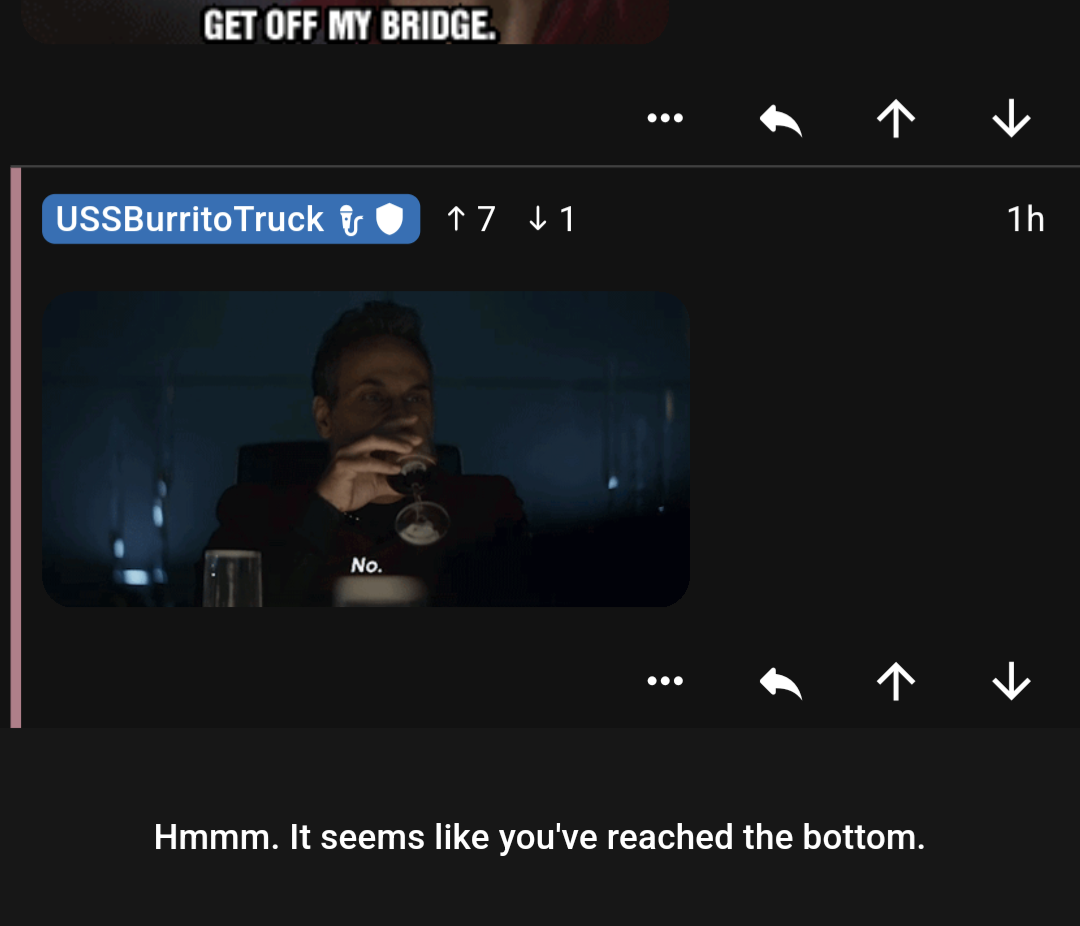Missed opportunity: the body in the picture should have been for an arch-top guitar.
- 1 Post
- 33 Comments
The term you’re looking for is “uncanny valley”
The Democratic Order of Planets has a streaming platform, now?

 1·5 months ago
1·5 months agoHow much of the music at that EDM festival you went to will you listen to again? Will you buy any of their records? Or maybe just add a few of their tracks to a playlist on Spotify such that you may hear that music a couple more times in the future?
I may be making assumptions about you, but I think Rick’s point about new music becoming “disposable” because there’s just so much of it coming out remains valid. There’s still new songs coming out that transcend this, but the musicians making this music are finding it harder and harder to build up a following, get exposure, and convince record labels to invest in them, when these labels can invest way less, produce a shitton of disposable music and get a better (short-term) ROI.
They may have been referring to the cartoon. The car in the cartoon did some ridiculous shit, such as tires that inflated like balloons and made the car extra bouncy.

 13·5 months ago
13·5 months agoCuts like a knife, don’t it?
Could be another holodeck malfunction.
Which reminds me, that comic needs more Moriarty.
In a 5e campaign where I played a halfling Warlock, and found that Fireball isn’t on the basic Warlock spell list, I convinced my DM to allow me to create a Fireball-like spell, since at that point I didn’t have a lot of choices for AoE attack spells, and my party-mates could all do more single-target damage than I could.
Since the 5e go-to attack cantrip for Warlocks is Eldritch Blast, I figured I might as well learn into it and called it Eldritch Boom. The effect is similar to a sonic boom. Instead of catching fire, creatures and objects in the AoE that fail their save are knocked over (creatures are knocked prone). For the damage, I conceded that I couldn’t just copy Fireball, so instead of 8d6, I went for 6d8, but higher level slots add 1d8 per level.
The DM allowed it mainly because I was the main spellcaster. But later on, our party got a new addition: a pyromaniac sorcerer. Around that time, I switched to Blight as my go-to attack (when I didn’t just use Eldritch Blast).
Well, in that picture, I’d go with Lightning Bolt instead.

 13·10 months ago
13·10 months agoGowron was killed while he was still chancellor. They’re just using his image for advertising purposes, but you’ll never get to meet him, and he won’t go to court with/for you.
Ch’Pok had a more modest practice, but he’ll represent you personally.

 7·11 months ago
7·11 months agoHe did go a bit loopy after he bumped his head in ST5 (A.K.A. “I can’t believe it’s canon!”)

 3·11 months ago
3·11 months agoI haven’t checked how this is presented in 5E, but I remember in 2E that the costs of the stronger healing spells that operated on more than hit points, and especially the Raise Dead and Resurrection spells had a very high cost in material components, and took their toll on the caster. In other words, not to be used lightly and all the time. Which means finding someone to cast it for you would come at a correspondingly high cost.
In a well-designed campaign world, that should be reflected in either a high monetary cost for the casting of such spells (a church requesting a sizable donation, for example) or some kind of demonstration that the target is worthy in the eyes of the church or its god.
This can actually turn into a storytelling and role-playing opportunity. Imagine you’re blind, and you and your party need to prove that you’re a worthy person while blind before they’ll restore your sight. Or the whole party is made totally blind for the duration of a test or short quest that you have to complete together before the restoration spell can be cast.
All this sufficiently explains the existence of blind people. Lack of imagination is not an excuse for bigotry.
Also, a character may be unable to get their sight restored, and that can and should be explored for its role-playing potential.
While the simple explanation that Klingons can get honor to mean whatever they want (see Worf’s “discommendation” arc on TNG, for instance) holds some weight in explaining this, I like to think of Klingons as hunters, as much as warriors. When you hunt, you don’t announce your presence to your prey. You hide until the moment when you pounce and attack. The cloak fits if you look at it this way, at least.
“In those days spirits were brave, the stakes were high, men were real men, women were real women and small furry creatures from Alpha Centauri were real small furry creatures from Alpha Centauri.”
We reach!




OneDrive: the best idea since sliced bread.